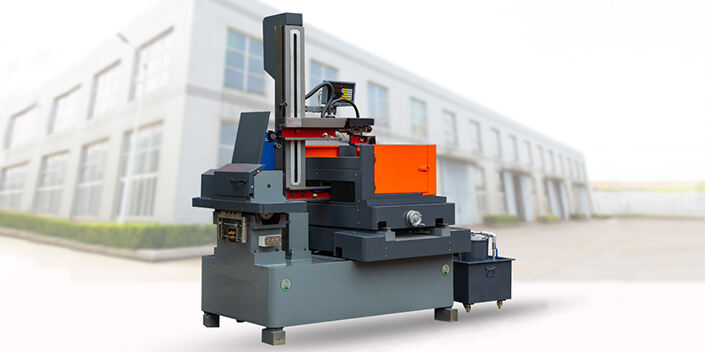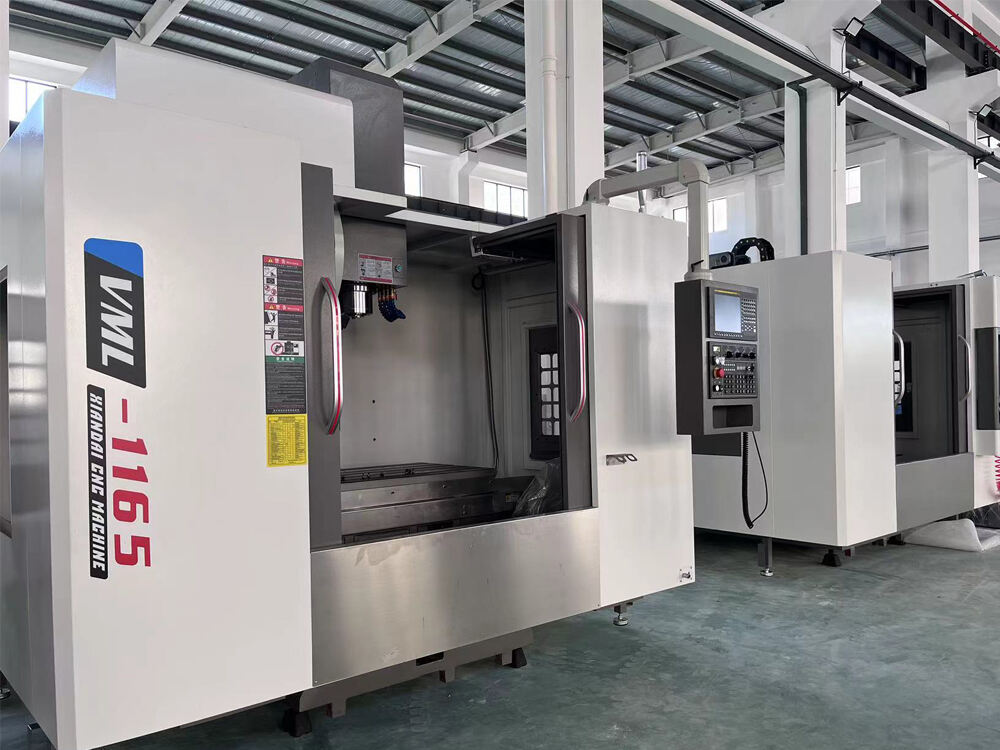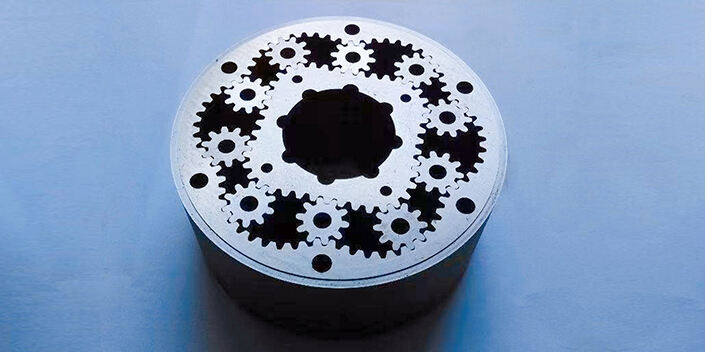Wire Diameter Range Impact on Spring Forming Accuracy
Optimal Wire Thickness for Compression vs. Tension Springs
How thick the wire is in making springs really affects how well they perform, particularly when looking at compression versus tension springs. Most of the time, compression springs need thicker wires because they have to handle all that pressure without buckling. Thicker wires just hold up better over time when compressed repeatedly. Tension springs tell a different story though. These usually work best with thinner wires since they need to stretch out and maintain their grip after being pulled apart. Standards across industries can differ quite a bit, so picking the right wire size matters a lot for what each spring will actually face. Take car suspensions for example those compression springs definitely benefit from thicker wires to last through years of road vibrations. But look at something like a door closer mechanism, where we want some give in the system. There, manufacturers go for tension springs made with thinner wires to get that nice controlled movement. Getting this relationship right between wire thickness and spring function isn't just theory it makes all the difference in whether springs fail prematurely or keep working reliably year after year.
Tolerances for Fine Wire vs. Heavy-Duty Spring Production
How precisely springs are made really matters for how they perform, since tolerance levels have a big impact on function. Take fine wire springs used in delicate measuring devices or medical equipment for instance. These need extremely tight tolerances to work properly and consistently over time. The specs usually call for tolerances down to just a few micrometers according to standards set by groups like ISO. Heavy duty springs tell a different story though. They handle bigger loads and forces so they can sometimes work with looser tolerances. Still, getting them right is super important because otherwise they'll fail when pushed hard. Look at what happens in aerospace engineering where tiny mistakes in spring dimensions can actually cause total system failures mid-flight. When manufacturers don't hit those tolerance targets, problems start piling up fast. Springs become less effective, distribute weight unevenly across components, wear out quicker than expected, and eventually put the whole mechanical system at risk of breakdown.
Critical Factors Influencing Spring Machine Precision
Material Elasticity and Wire Consistency
How materials behave makes all the difference when it comes to making accurate springs, particularly their elastic qualities. Materials that stretch and return to shape properly determine whether a spring will hold up under stress or deform over time. When wire quality varies throughout production runs, problems start showing up in finished springs. These issues affect how well they work and how long they last before breaking down. Take wire thickness variations for instance. If some parts of the wire are thicker than others, the spring ends up with inconsistent tension across different sections. This kind of flaw often leads to early failures in service conditions. Choosing appropriate materials remains essential for any application. Industry experts at European Springs consistently point out that careful material planning isn't just good practice but necessary to satisfy exacting customer specifications. Getting this right means producing springs that stand up to wear and tear while maintaining the performance characteristics needed for their intended purpose.
CNC Programming for Variable Diameter Handling
When dealing with different wire thicknesses in production runs, CNC programming really shines. The tech gives manufacturers tight grip on their machining operations, which means less scrap material lying around and better productivity overall. Adaptive control systems are particularly useful here they adjust the wire feed speed automatically based on what's happening right now on the shop floor, so parts come out consistently accurate with fewer mistakes. Getting good at programming these machines matters a lot for making springs that fit exactly what customers want. Take European Springs as an example they've invested heavily in those computer controlled bending units because they know from experience that getting those tiny adjustments right makes all the difference between a part that works perfectly and one that gets sent back. Their shop managers talk about how these machines handle everything from standard sizes down to specialty orders without breaking a sweat.
Thermal Stability in High-Speed Coiling
Keeping things at the right temperature when making springs at high speed really matters if we want to avoid those annoying distortions. When temps go up and down too much, springs just don't come out right - their shape gets messed up and they won't hold tension properly. Some studies show that keeping temperatures stable during coiling makes all the difference for accurate springs, since wild temperature swings put stress on materials and mess with their shape. Smart shops know this and actually monitor temperatures constantly while adjusting them as needed. Take European Springs for instance. They've been using conveyor belt ovens for heat treatment for years now. This setup keeps everything nice and steady, which helps springs remember their intended shape better. The result? Much more consistent quality across batches, something every manufacturer dreams about but few actually achieve consistently.
EDM Technology's Role in Precision Spring Manufacturing
Wire EDM for Tooling Component Fabrication
Wire EDM has become pretty much standard practice when making tooling parts for precision springs. The real advantage comes from how this process can slice through materials to create those complicated shapes that regular machining just cant handle. Think about all those tiny details and angles that need to be spot on for spring components. Traditional methods would take forever or simply fail to deliver what Wire EDM accomplishes consistently. Manufacturers have seen some nice improvements lately too. Newer machines are cutting faster without sacrificing that fine level of detail. What does this mean for actual production? Faster turnaround times definitely, but also better bottom line results since we're not wasting material or spending extra hours on rework. Most shops now consider Wire EDM equipment a must have if they want to stay competitive in today's market.
Electrical Discharge Machining for Complex Dies
Electrical Discharge Machining or EDM plays a crucial role in making those complicated dies needed for spring forming work. The process brings several advantages when dealing with intricate design requirements. What makes EDM stand out is how it delivers better surface finishes and tighter tolerances, so the resulting springs maintain their accuracy and quality batch after batch. Traditional machining methods simply can't match what EDM achieves. For instance, manufacturers can create highly detailed geometries that would be impossible with conventional techniques, especially important for specialty spring applications where every micron matters. Real world data backs this up too many companies report faster production times and fewer rejects once they switch to EDM for their die work. Beyond just improving current processes, this technology actually enables entirely new approaches to spring design that were previously unthinkable within standard manufacturing constraints.
Measuring and Validating Spring Dimensional Accuracy
Laser Micrometer Measurement Systems
When it comes to checking how accurate spring dimensions are, laser micrometer systems are pretty much essential these days. These devices work with laser tech to get super precise measurements on all sorts of springs across different industries. Traditional ways of measuring just don't cut it anymore because they introduce so many errors. What makes laser micrometers stand out is that they don't actually touch the spring while taking measurements. This means there's no risk of deforming the spring or messing up readings due to physical contact. Some studies have shown that these laser systems can boost accuracy by around 30 percent over older methods. For manufacturers who need exact specifications, this kind of improvement really matters in keeping quality control tight throughout production runs.
Force-Displacement Curve Analysis
Looking at force displacement curves helps check if springs work properly when they're loaded. Basically, this means drawing out a graph showing what happens when different amounts of force are applied to a spring versus how much it actually stretches or compresses. When engineers look at these graphs, they get a pretty good idea of how a spring will act in actual products before anyone even builds them. That saves time during product development and catches problems early on. Automotive companies, airplane makers, and folks who build medical devices all rely heavily on getting these measurements right because springs failing in those contexts could lead to serious issues down the road. Beyond just meeting paper specs, proper analysis makes sure springs keep working reliably through years of regular use without breaking unexpectedly.
Future Advancements in Spring Forming Technology
AI-Powered Error Compensation Systems
Bringing AI into spring forming has really changed how precise manufacturing works, especially when it comes to fixing errors during production. Machine learning algorithms look through all sorts of data from factories to spot problems and fix them while things are still happening. What does this mean? Fewer mistakes and better springs coming off the line. Some companies already use AI for things like predicting when equipment might fail before it actually happens, plus they have these smart quality checks that tweak settings automatically as needed. This keeps everything running smoothly without constant manual adjustments. Looking ahead, AI tech will probably keep getting smarter and faster. Manufacturers who adopt these tools could see amazing improvements in their work, cutting down on wasted materials and boosting what they produce overall. Of course, there's always room for improvement, but right now AI seems to be making a real difference in shop floors across the country.
Hybrid EDM-CNC Coiling Platforms
When EDM meets CNC in hybrid systems, it creates something pretty exciting for those making springs. These combined platforms bring together the pinpoint accuracy of electrical discharge machining with the flexibility of computer numerical control coiling, resulting in better quality parts made faster than ever before. What makes this combination special? Well, manufacturers can now produce complex shapes and maintain extremely tight specifications that just weren't possible using older techniques alone. Some shops are already experimenting with these setups, and early results show real gains in how quickly they can turn out high precision components. Take for example when EDM's ability to remove tiny amounts of material works hand in hand with CNC's precise programming capabilities. This partnership enables designers to push boundaries in spring geometry and performance characteristics. Looking ahead, as word spreads about what these systems can do, we're likely going to see a shift in what counts as good enough in terms of coil quality across various industrial sectors.





